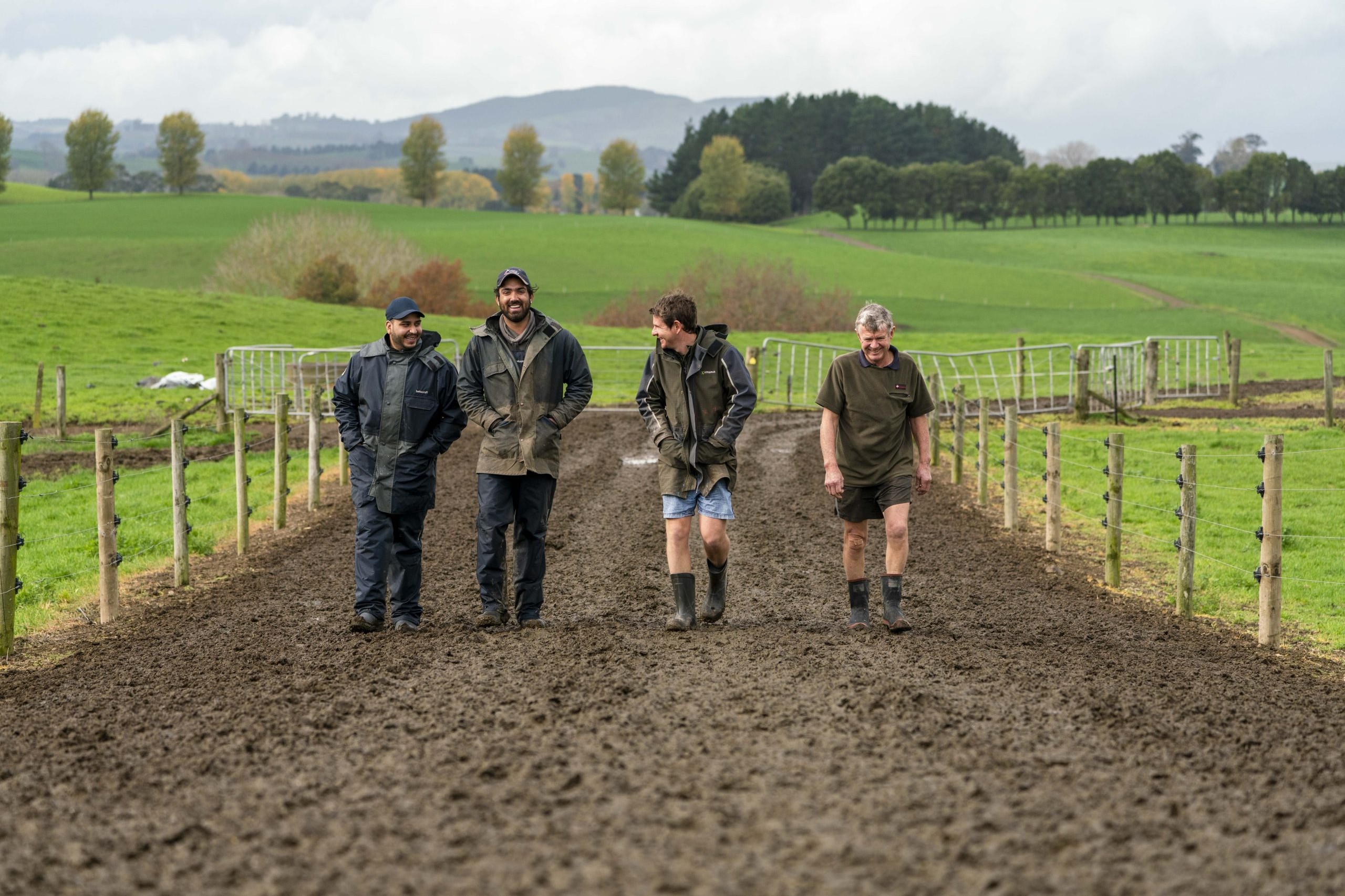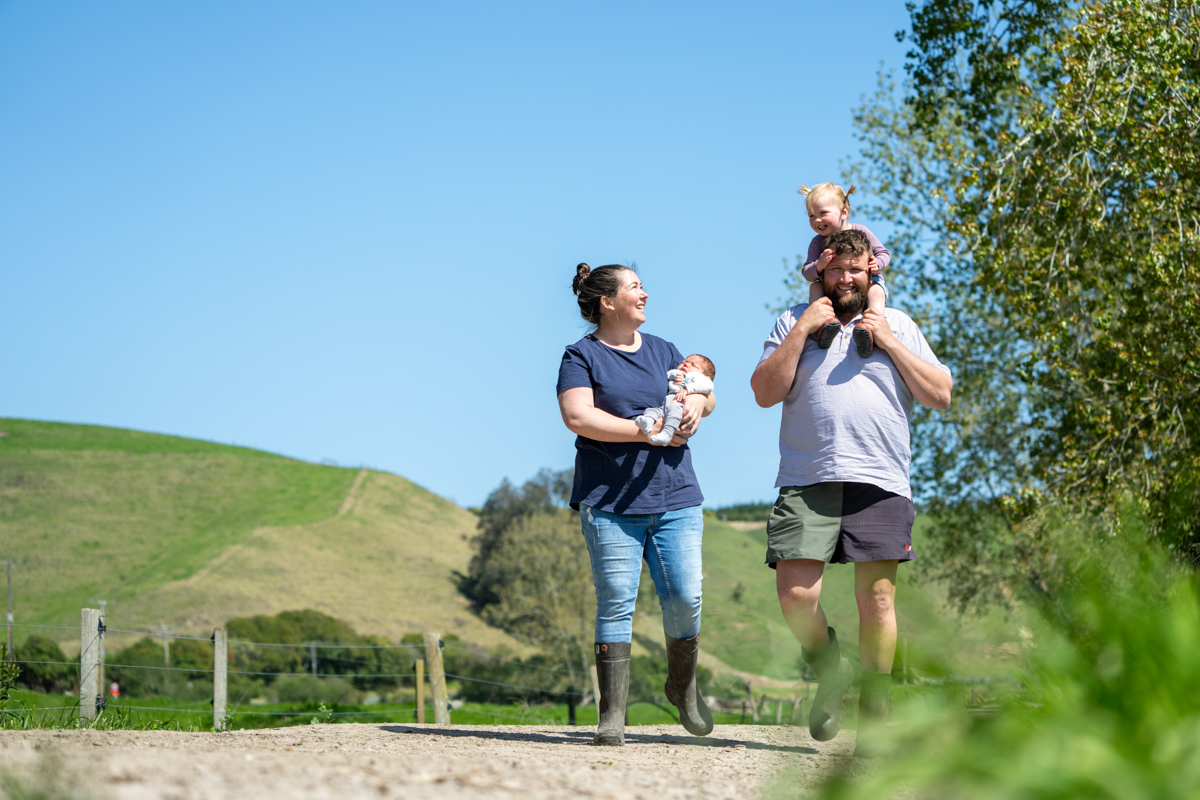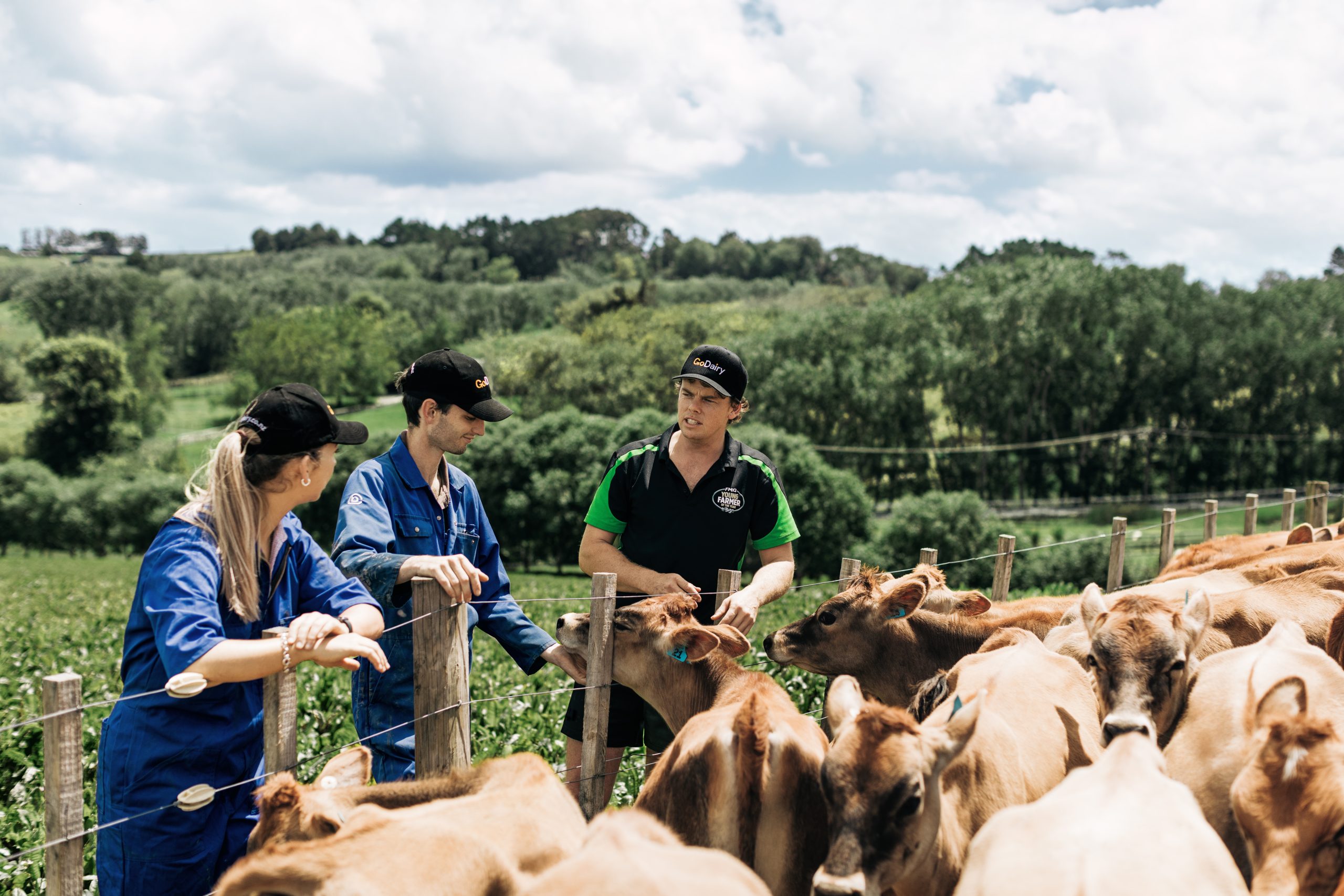An apprenticeship scheme for the dairy sector was “ready to go”, when Federated Farmers Dairy delegates were given a progress report in June.
Federated Farmers and the Primary Industry Training Organisation had made the case for funding to the Sector Workforce Engagement Programme. All going well, registrations of interest from dairy farmers are expected to open this month and for prospective apprentices in September and October.
Primary ITO chief executive Linda Sissons, acknowledging the huge skill and staff shortages throughout the primary industries and the challenge to meet the Government’s export 2025 targets, said the Federated Farmers membership scheme was “probably one of the most exciting ones that’s on the boil”.
Her organisation entered a memorandum of understanding with the Feds in December last year, committing both parties to training and capability development.
The challenge, she said, has been “to develop a course of action to turbocharge the business of creating a skilled workforce for the primary industry but particularly the dairy industry, and to define each of the jobs we had to do to make it work”.
By the end of March, a project called Dairy Together had been developed with Dairy New Zealand, funded 50:50 by both parties. It has a single manager and is answerable both to Dairy NZ and Primary ITO.
The collaborative aim is to develop the trained and skilled people needed by the industry.
“So we’ve got Dairy Together sitting there in the background of the project we are talking about today,” Sissons said.
The deal worked out between the ITO and Federated Farmers Dairy is an apprenticeship scheme to build farmer and employer capability in the dairy industry.
Sissons described three basic objectives:
- To build the necessary skills in young New Zealanders, reducing the reliance on immigrants (“we can’t do that overnight but over time we are looking to build up the domestic supply and skills”).
- To match supply and demand with the aim of meeting about 500 new-entrant positions on dairy farms by September-October, with an initial focus on Northland, Waikato, Taranaki, Bay of Plenty, Canterbury, Otago and Southland.
- To build learning pathways for three streams of apprentices (“so they can develop their skills, work willingness and ability to behave the way we want them to on farms”).
Federated Farmers’ role is to find farmers, making sure they are equipped to offer jobs and to help train the apprentices, meet standard employment conditions and manage each project.
“We have to be proactive in this space,” Feds Dairy Group chair Chris Lewis told National Conference delegates in June.
“The best staff going forward will involve employing New Zealanders; getting them up to speed to be farm assistants, then managers, on through the sharemilking system and then to buying our farms.”
The ITO’s job is to recruit the young people – mainly from schools – and screen them to ensure farmers will want them and want to help them get qualifications that lead industry standards.
The ITO and the feds want to make the scheme special and aspirational so that apprentices emerge with “a badge of honour”.
Sissons said three potential streams of apprentices have been discussed.
First, the cream of the crop will have the potential to be highly capable leaders who come to a farm with the right attitudes, the right basic skills, the right willingness to work and the right understanding of what must be done.
The second stream will comprise people who are practical and have plenty of willingness to be trained. “They will need quite a bit of training but they have got the right can-do attitude,” Sissons said.
The third stream will comprise young people who are not now in employment, might not have had good education opportunities, and “are going to require quite a bit of investment”. They may need “a lot of wrap-around care” as they get themselves ready for the farm gate.
Funding is expected to come from schools which already are involved in schemes that blend classroom study with on-job learning in primary industry, the Ministry of Social Development, which has programmes to support people who might not be ready to be employed or who have a poor education or work experience, and the ITO.
Farmers who sign up to the Federated Farmers scheme “will know we are going to do what you want, and we can make sure the funding we have from Government is aligned to your needs”, Sissons said.
The Sector Workforce Engagement Programme, set up within the Ministry of Business, Innovation and Employment in 2015 to manage the relationship between the Government and a range of industries with specific workforce needs, is another potential source of funding. Dairy, horticulture and viticulture come within the scope of this programme.
In dairy, SWEP is working with industry and other state agencies to develop a workforce strategy to improve the domestic pipeline and employment opportunities for New Zealanders
Alister Shennan, from the Primary ITO, gave the dairy delegates at the June conference more details.
Five hundred apprenticeships had been decided because “it’s a number we felt comfortable with”.
Apprenticeships would be for two to three years, depending on the learner.
One of the most important elements for young people would be knowing there is the prospect of a career when they enter the Federated Farmers dairy programme
“We are looking for kids at schools, not 25-plus career-changers,” Shennan said.
But they would not be ruled out.





